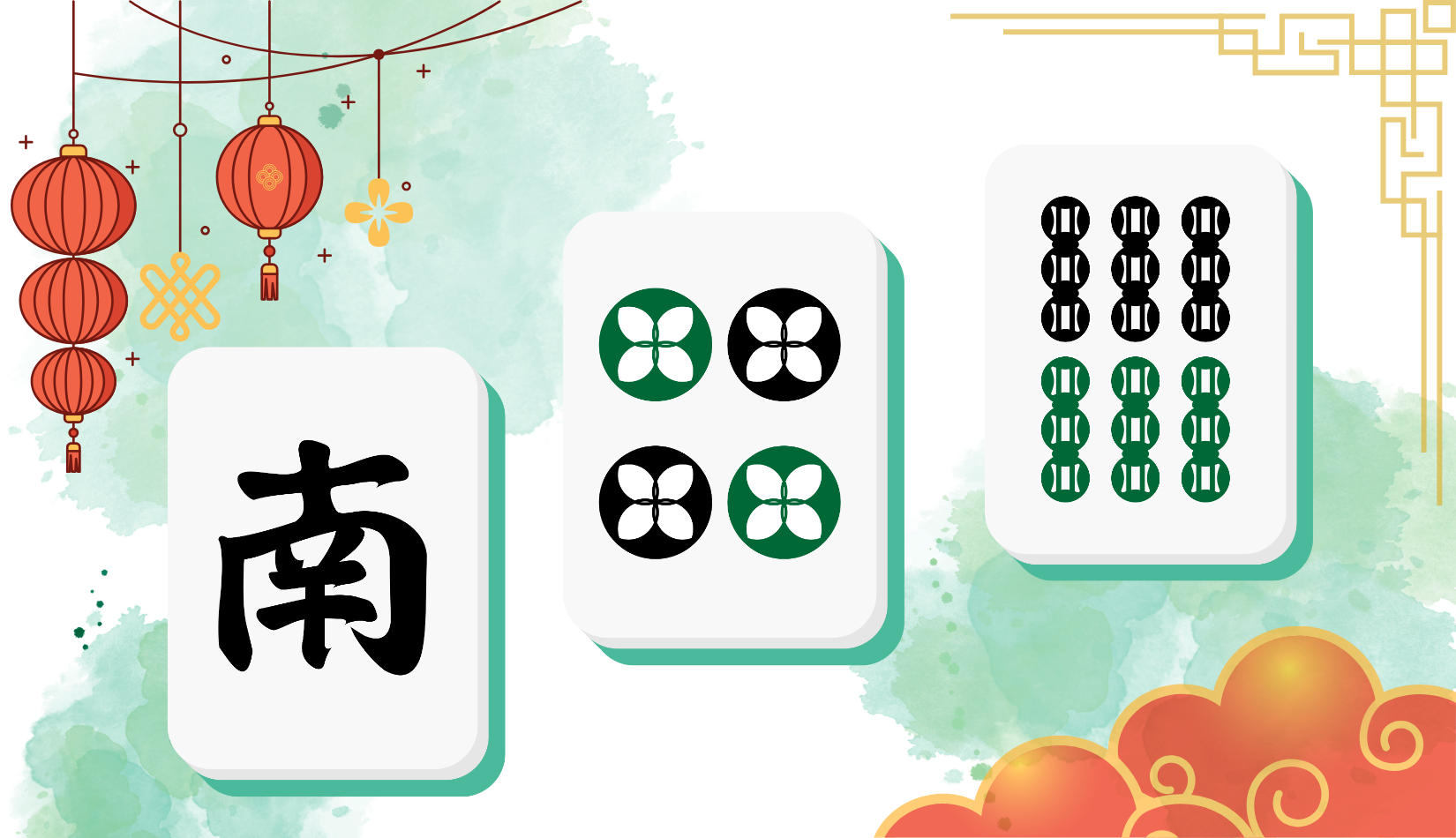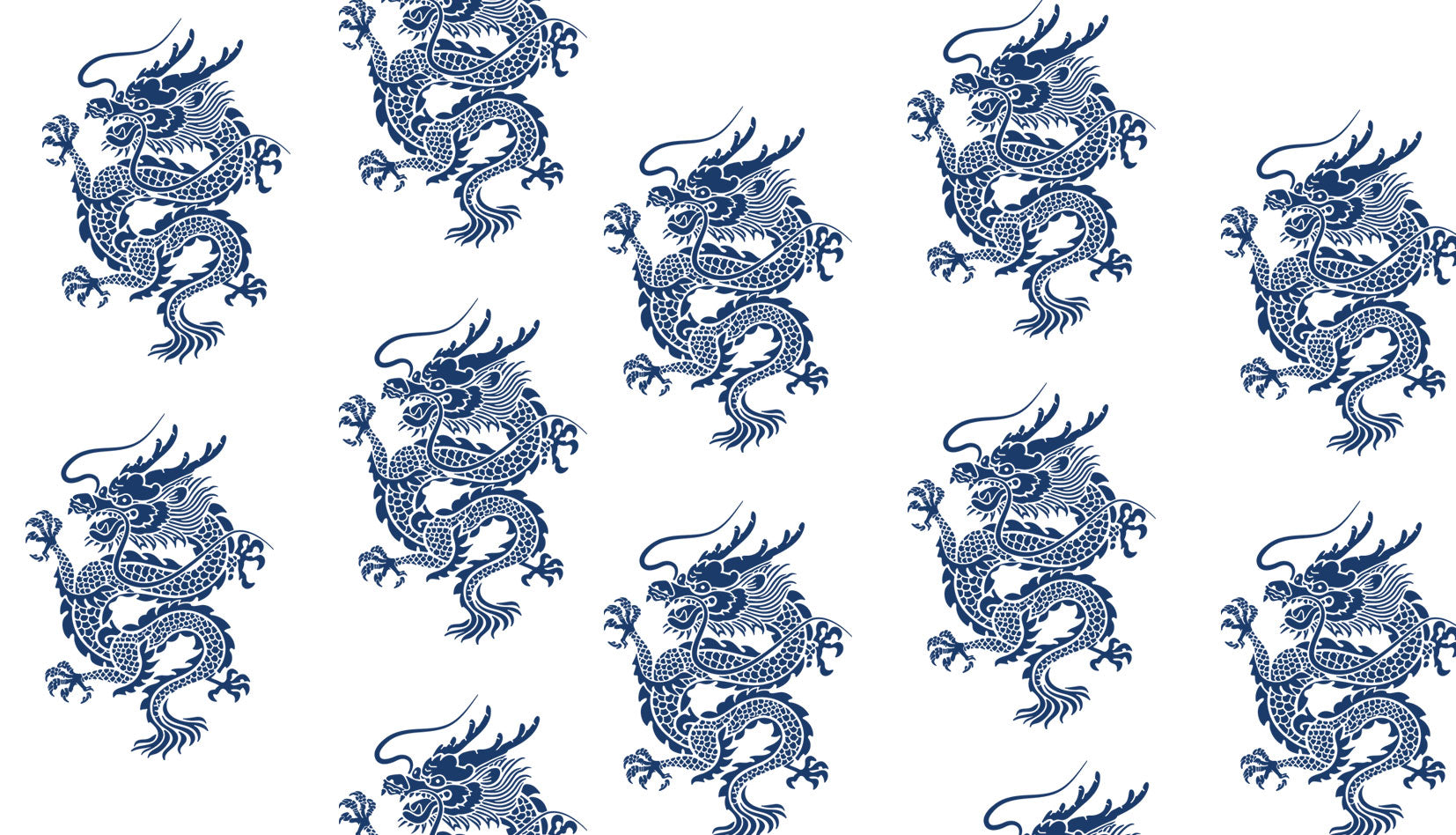Hong Kong Mahjong, also known as Hong Kong Old Style, is a classic and traditional variation of the game that focuses on a pure, strategy-driven experience. It's an essential game for any Mahjong enthusiast to learn, as it embodies the fundamental rules and objectives of the game without the complex scoring cards or special tile sets found in other variations.
1. The Tiles: The Building Blocks of the Game
A standard Hong Kong Mahjong set contains 144 tiles, divided into three categories:
-
Suit Tiles (108 tiles): These are the most common tiles. There are three suits, each with four copies of every tile from 1 to 9.
-
Characters (萬子 - Wànzǐ): Marked with the Chinese character for "10,000" and a numeral below.
-
Bamboos (索子 - Suǒzǐ): Represented by bamboo sticks. The "1 Bam" tile is often a bird.
-
Dots (筒子 - Tǒngzǐ): Marked with circles or "dots" from 1 to 9.
-
-
Honor Tiles (28 tiles): These tiles are not part of any suit and cannot be used to form sequences (Chows). They are used to create Pungs and Kongs and are crucial for scoring.
-
Winds (風牌 - Fēngpái): Four of each: East (東), South (南), West (西), and North (北).
-
Dragons (箭牌 - Jiànpái): Four of each: Red (中), Green (發), and White (白).
-
-
Bonus Tiles (8 tiles):
-
Flowers (花牌 - Huāpái): Four unique tiles.
-
Seasons (季牌 - Jìpái): Four unique tiles.
-
When you draw a Flower or Season tile, you immediately place it face up in front of your hand and draw a replacement tile from the end of the wall. These tiles do not form a part of your hand's structure but contribute to your score at the end of the round.
-
2. The Goal: A Hand of Four Sets and a Pair
The core objective of Hong Kong Mahjong is to be the first to form a winning hand. This hand consists of four sets of three tiles and a single pair of two identical tiles, for a total of 14 tiles.
-
Chow (吃 - Chī): A sequence of three tiles from the same suit (e.g., a 5, 6, and 7 of Dots).
-
Pung (碰 - Pèng): A set of three identical tiles (e.g., three Red Dragons).
-
Kong (杠 - Gàng): A set of four identical tiles. When a Kong is formed, a replacement tile is drawn from the end of the wall.
3. Gameplay: From Setup to Winning
-
Setting Up: All 144 tiles are shuffled face down. Each of the four players builds a wall of 18 stacks, with each stack being two tiles high. The four walls are pushed together to form a square.
-
The Deal: Players roll the dice to determine who is the dealer (East). The dealer then rolls the dice again to determine where the wall will be broken to begin dealing. Each player is dealt 13 tiles. The dealer draws one additional tile to begin the game, starting their turn with 14 tiles.
-
Basic Turns: The game proceeds counter-clockwise. A turn consists of two main actions:
-
Drawing: You draw one tile from the wall.
-
Discarding: You discard one tile from your hand, placing it face up in the center.
-
4. The Art of "Calling" Tiles & Hand Structure
You can claim a tile discarded by another player to complete a set, but there are strict rules for this, as well as a priority system.
-
Calling for a Chow: You can only claim a discard for a Chow from the player to your immediate left.
-
Calling for a Pung or Kong: You can claim a discard for a Pung or Kong from any player.
-
Kong Types: There are three ways to form a Kong:
-
Exposed Kong (明杠): Claiming a discarded tile to complete a set of four.
-
Concealed Kong (暗杠): Having all four tiles in your hand and revealing them.
-
Add-on Kong (加杠): Adding a fourth tile you drew yourself to a Pung you previously exposed.
-
-
Priority of Calls:
-
Winning (Mahjong): Taking a discard to complete your winning hand has the highest priority.
-
Pung or Kong: These calls have priority over Chows.
-
Chow: This is the lowest priority call.
-
5. Winning and Scoring
The game ends when a player completes their hand of four sets and a pair. The player declares "Mahjong!" and exposes their hand to prove they have a valid combination.
Scoring in Hong Kong Mahjong is based on "Fan" (番), which are points that double the value of your hand. The more Fan a winning hand has, the higher the payout. While a simple winning hand may be worth a base point value, specific combinations and special hands increase the Fan.
-
Common Fan Examples:
-
Pung of Dragons: A Pung of any Dragon tile is worth 1 Fan.
-
Pung of Your Own Wind: A Pung of your own prevailing or seat wind is worth 1 Fan.
-
All Pungs (碰碰和): A hand composed entirely of Pungs and a pair is a high-scoring hand worth a minimum of 3 Fan.
-
All Chows (平胡): A hand with no Pungs and only Chows is a common Fan.
-
-
Winning by Self-Draw vs. Discard: In most Hong Kong Mahjong games, winning by self-drawing your final tile (自摸 - Zì Mō) is paid by all three opponents, while a win by taking a discard (放銃 - Fàng Chòng) is only paid by the player who made the discard. This can be an important distinction in payout.
Hong Kong Mahjong is a rewarding game that teaches you the fundamental strategy and skill of the classic game. While scoring can get complex, the core mechanics are straightforward and easy to grasp.




